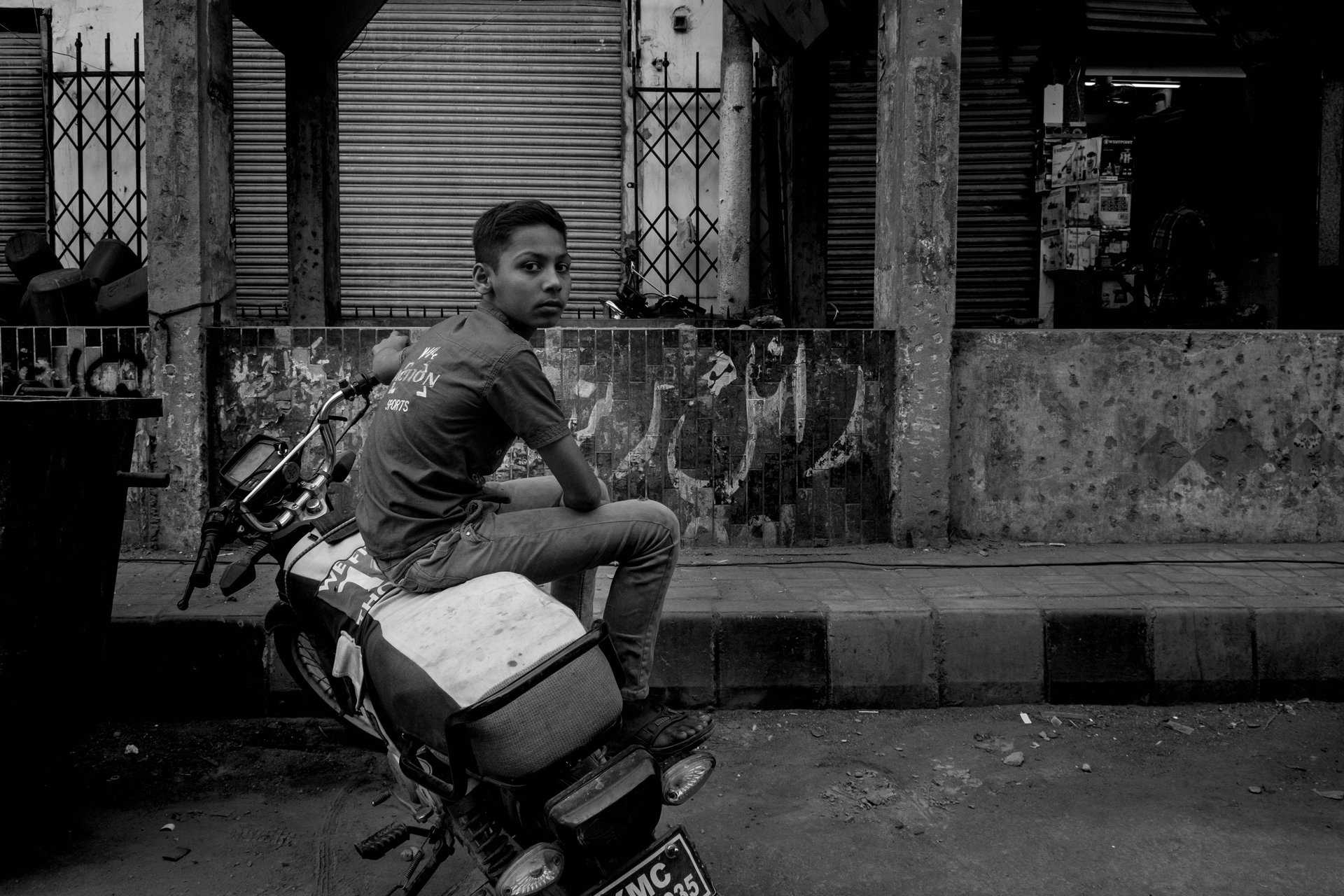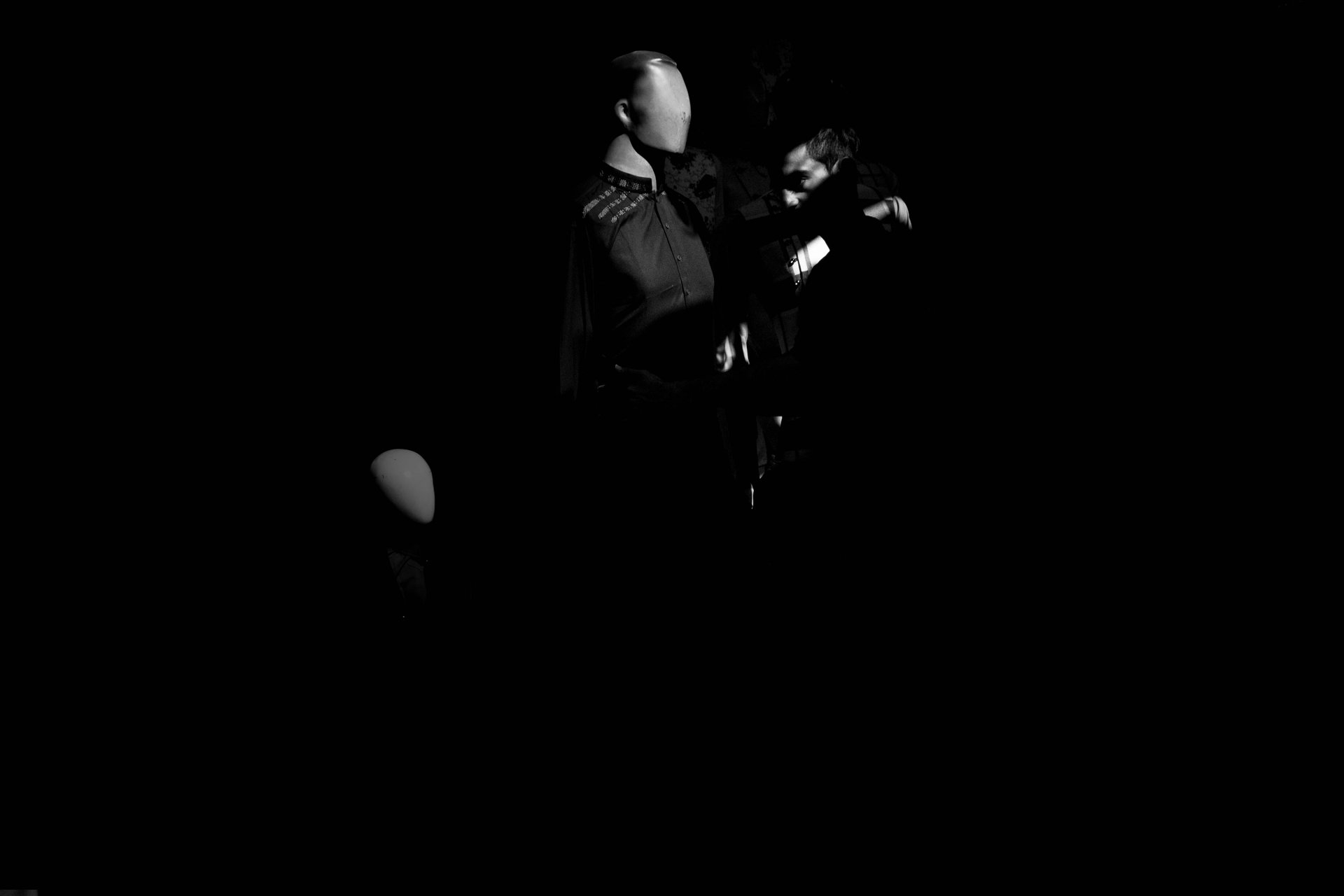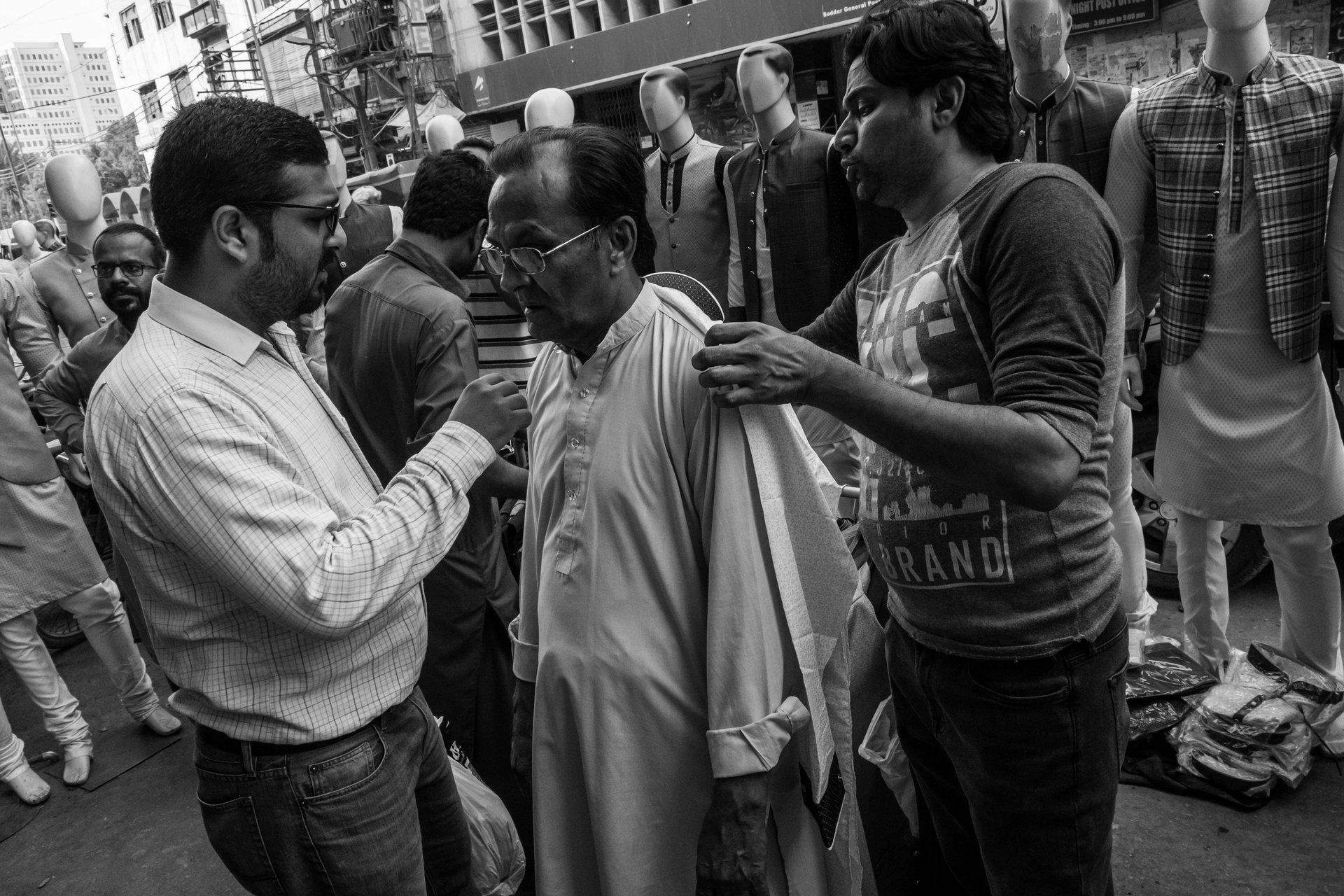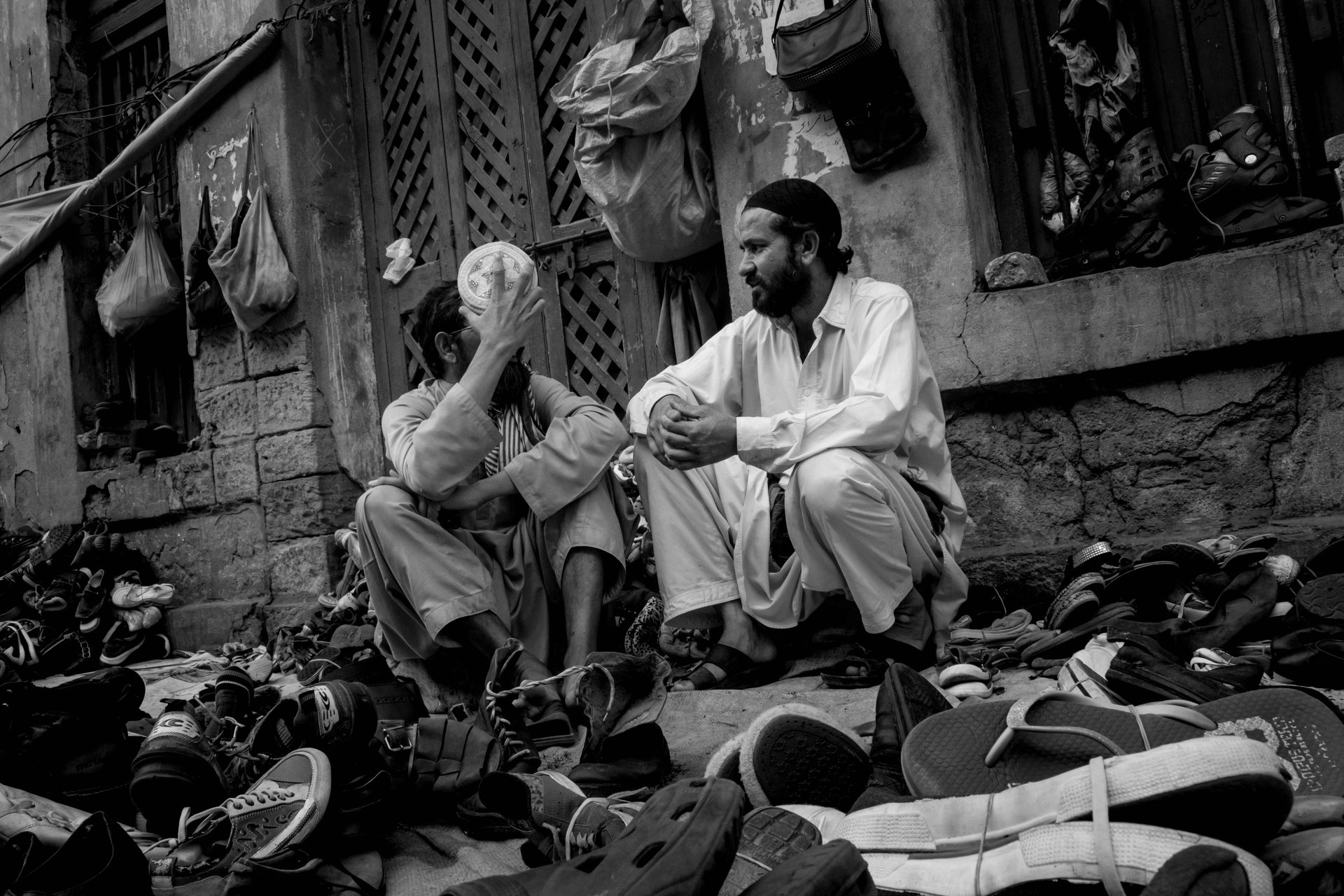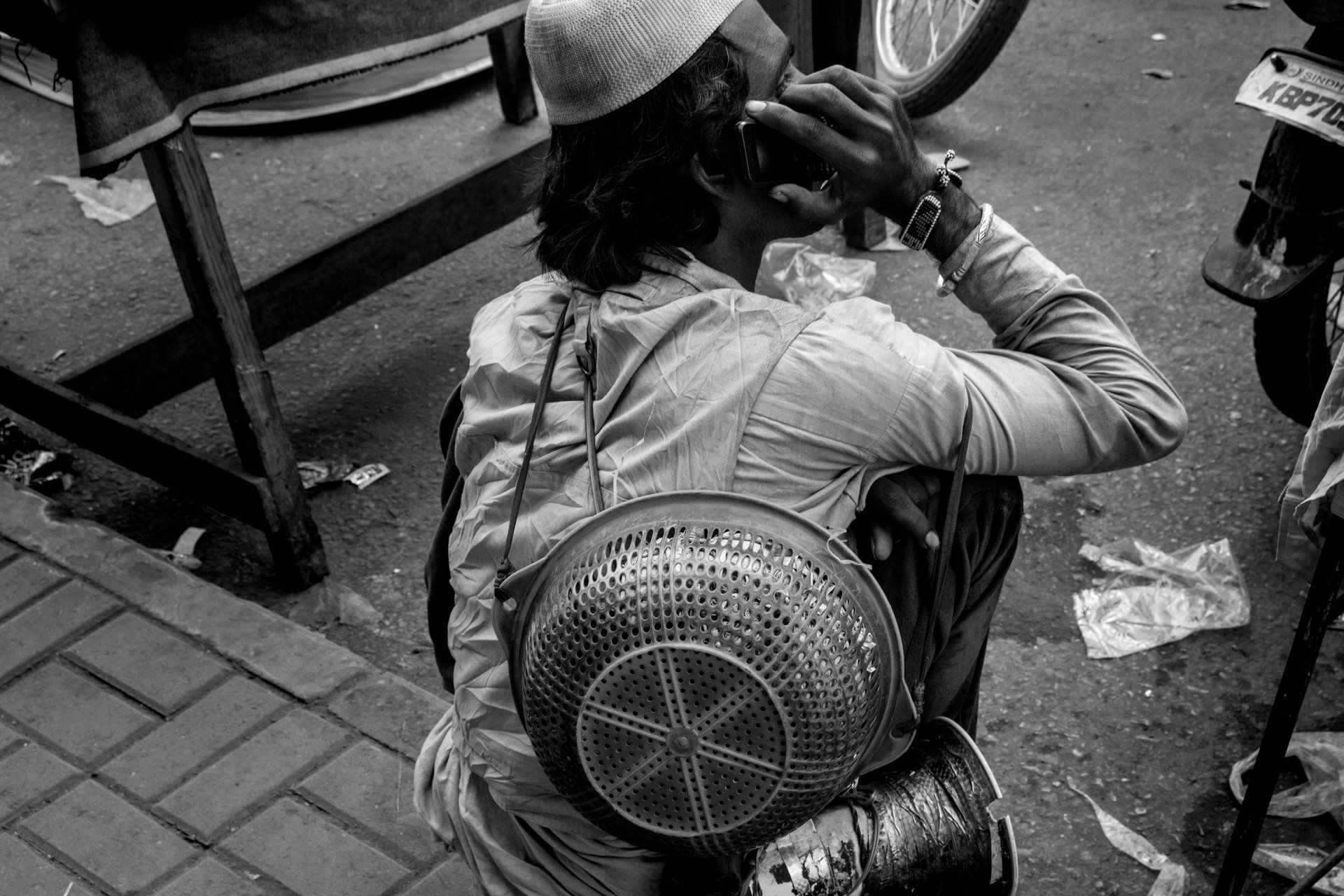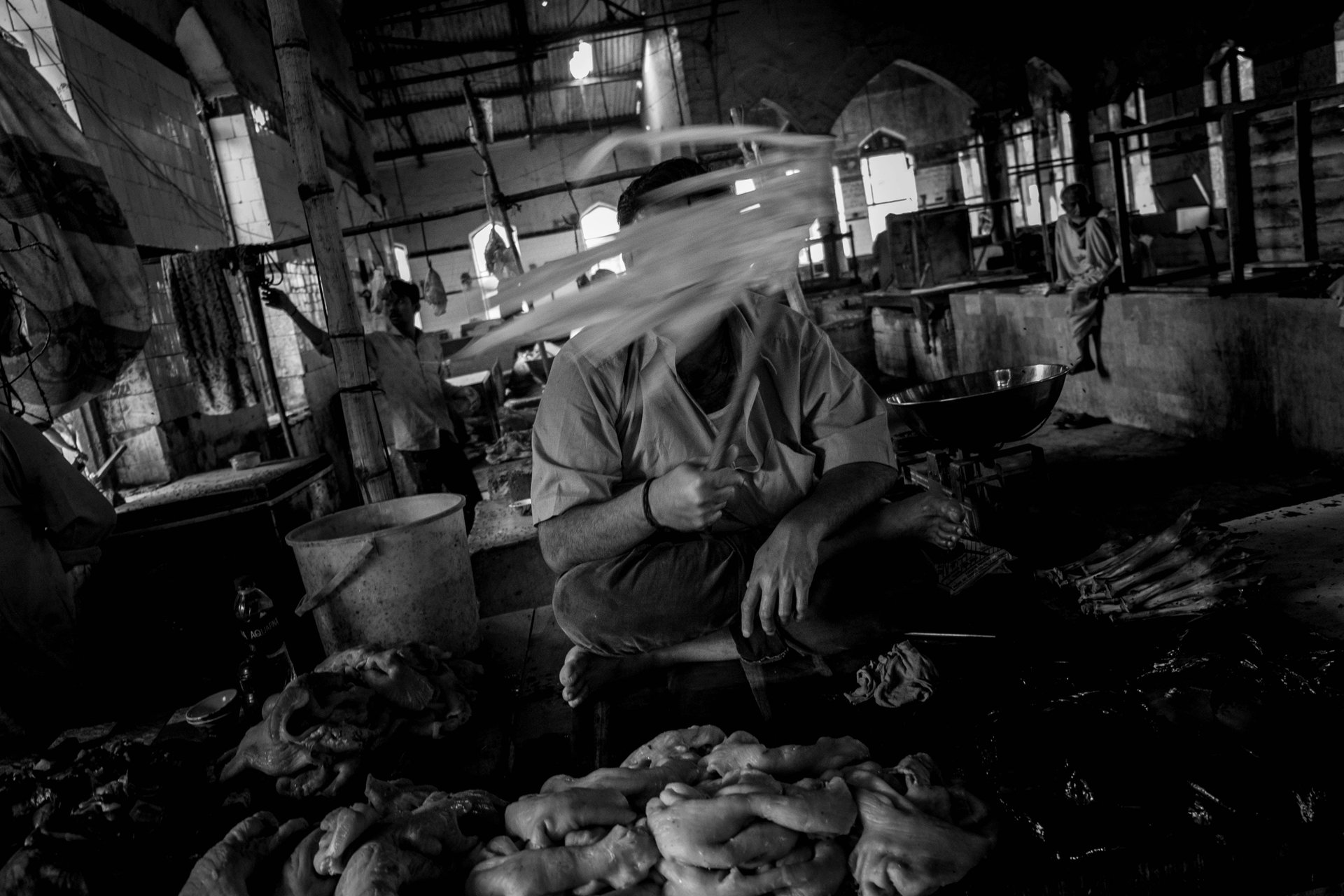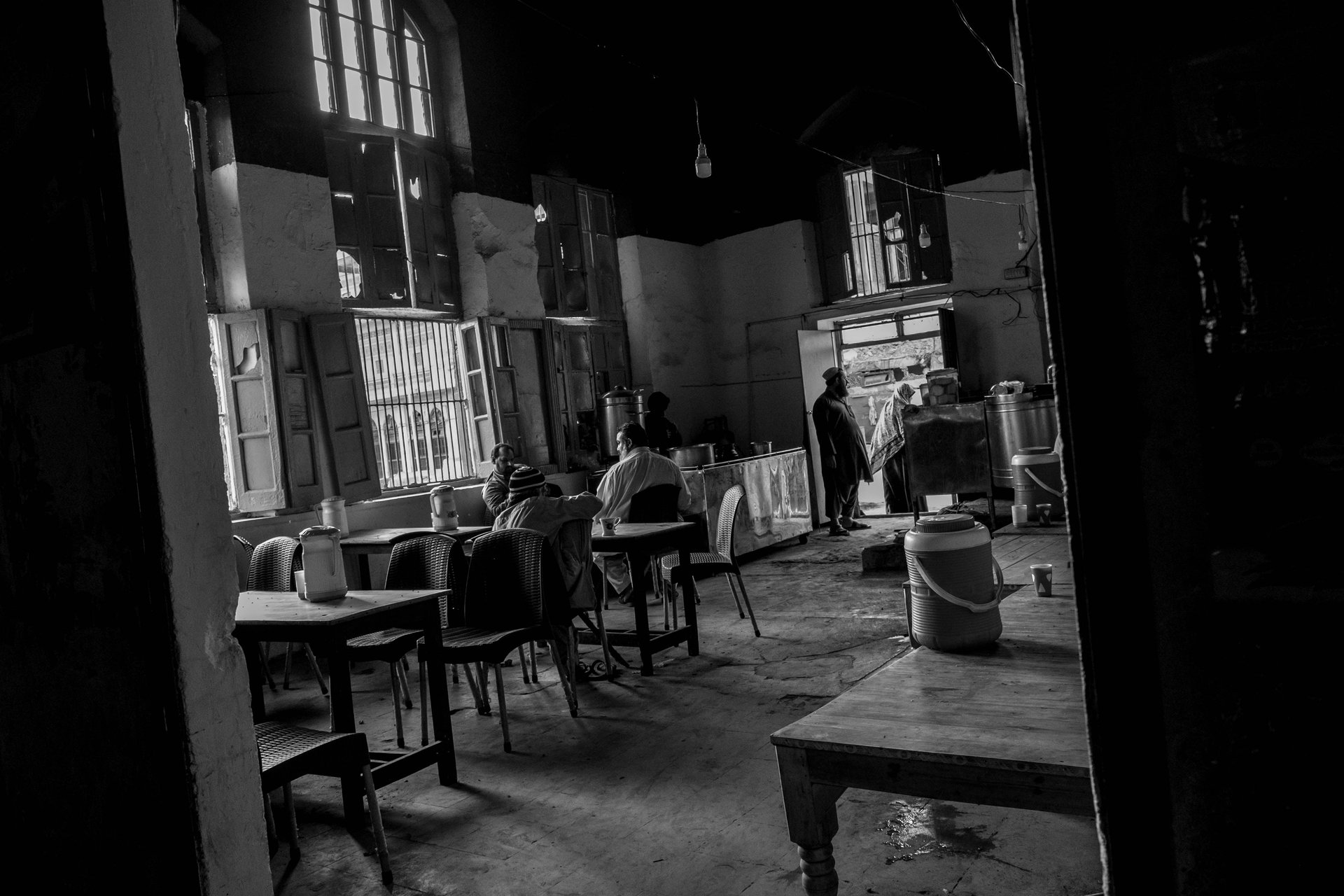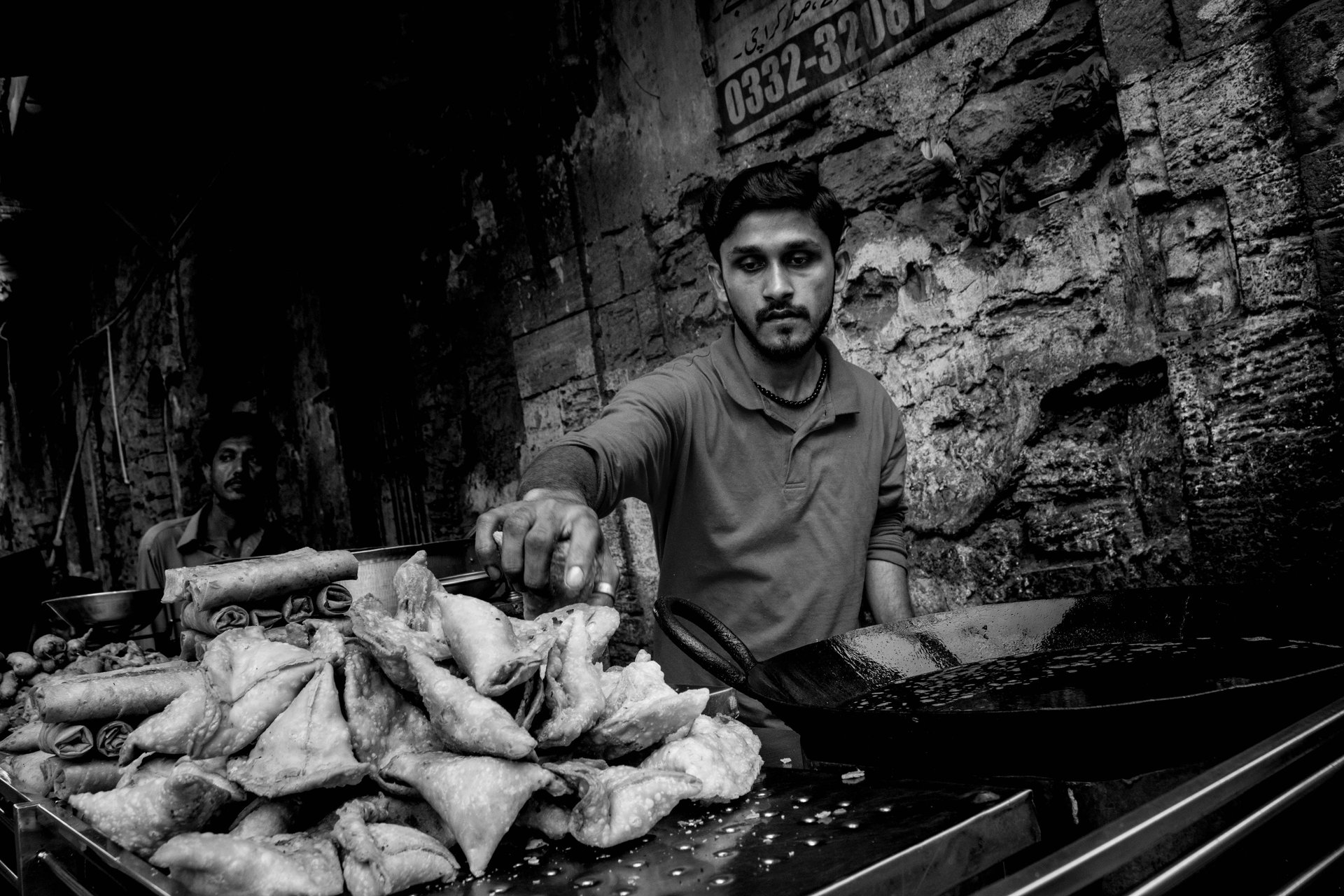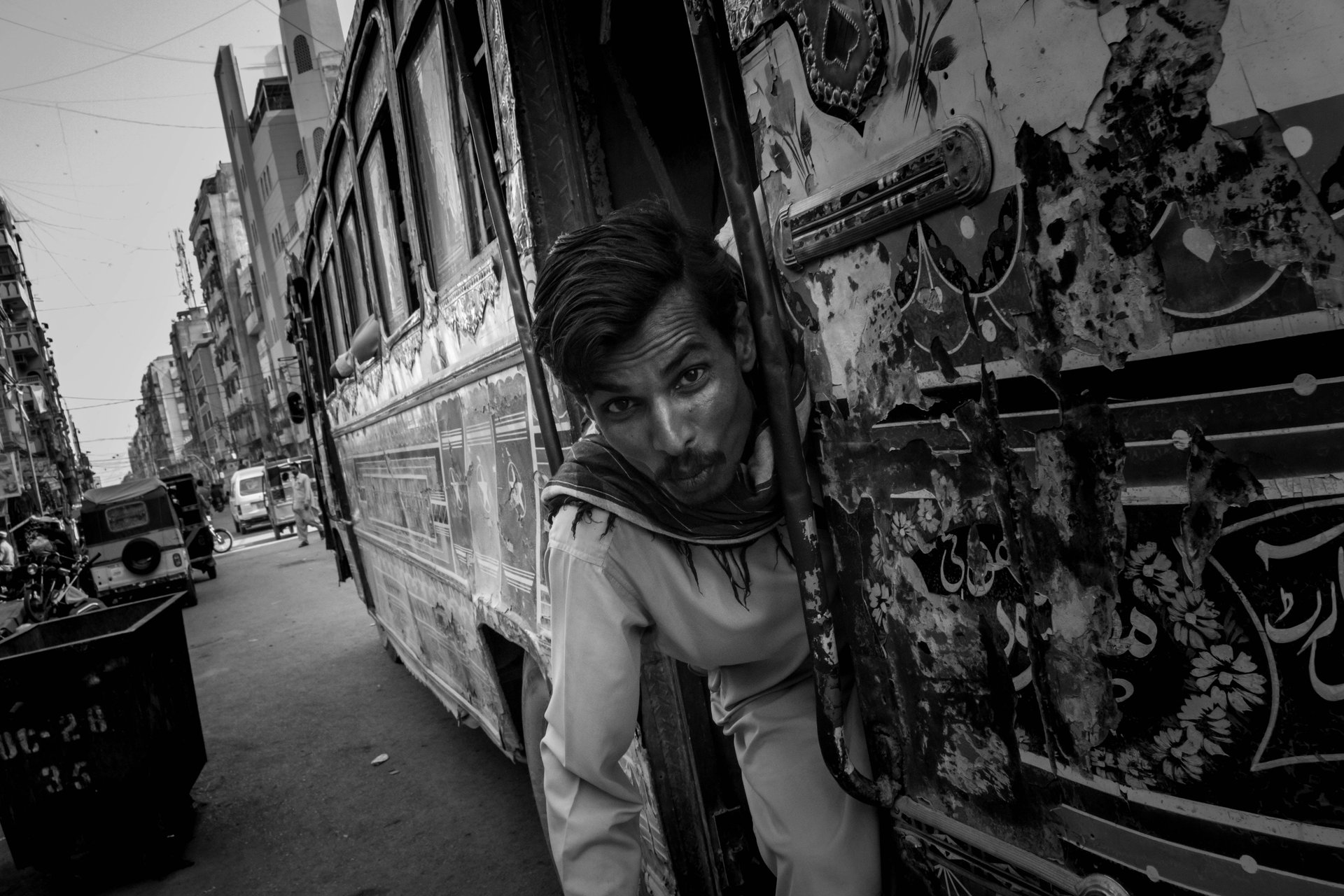Karachi in photos: The chaos and contradictions of a heaving megacity
It has only been five minutes since we began moving and I’m already pestering Jabbar, my taxi driver and reluctant guide for the day, to stop. We are in the heart of Karachi’s old Saddar district and I have spotted a side street where the light and shadows weave through each other as though performing a velvet dance to the lurid sounds of the city.
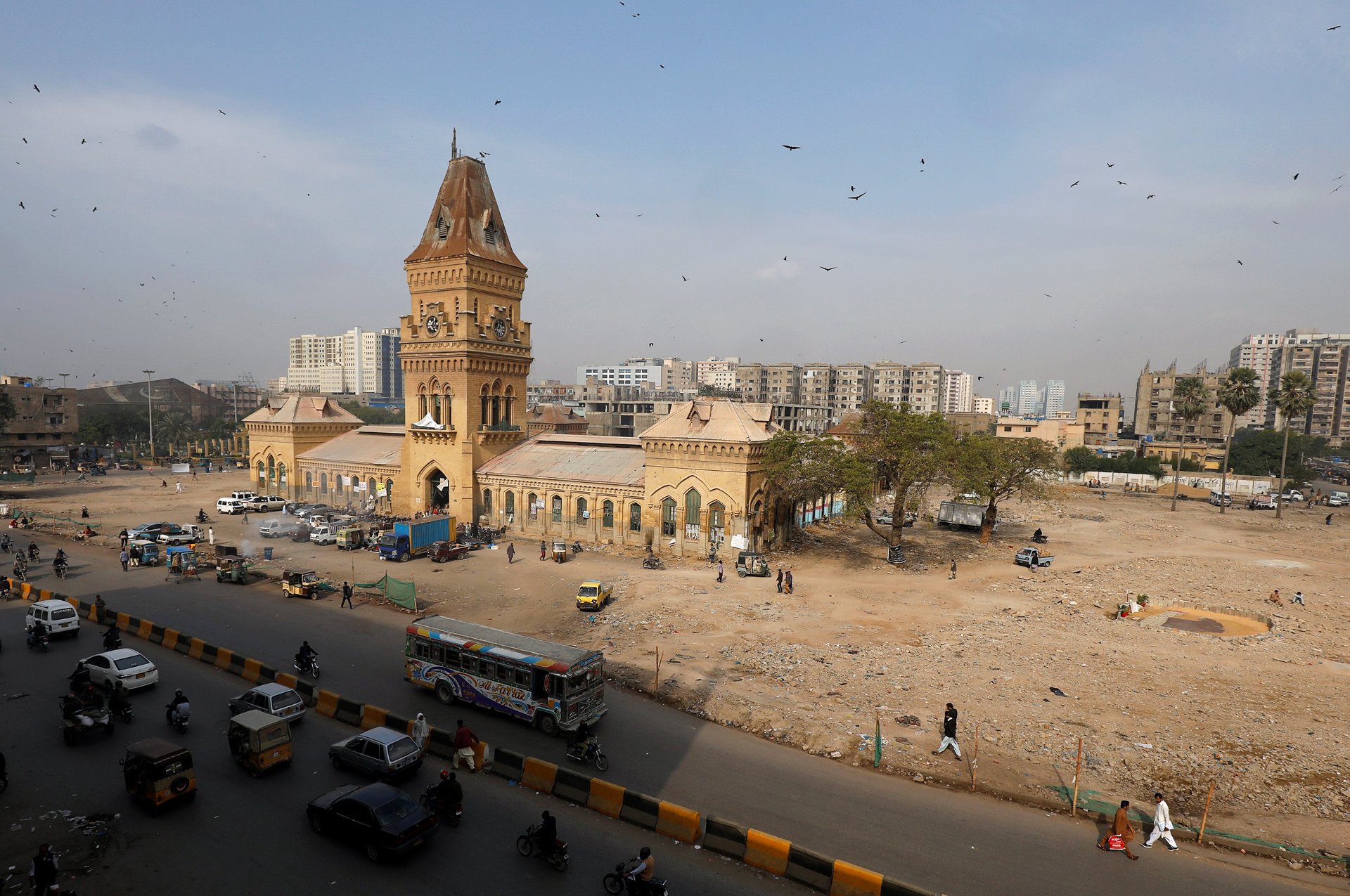

It has only been five minutes since we began moving and I’m already pestering Jabbar, my taxi driver and reluctant guide for the day, to stop. We are in the heart of Karachi’s old Saddar district and I have spotted a side street where the light and shadows weave through each other as though performing a velvet dance to the lurid sounds of the city.
Jabbar’s displeasure is immediate and he wears the frown of a man who has agreed to do a job that he now regrets taking. Unable to say no, he marauds his way through the Monday rush hour traffic and pulls the car to the side. “I cannot park here, so you’ll just have to call me when you are done,” he says.
Karachi is a city that has always lived by its own rules. Long synonymous with intractable political violence, sheltering terrorist outfits, and street crime, the heaving metropolis of over 20 million is often seen as one of the world’s most dangerous megacities. But Karachi doesn’t exist in the popular imagination for infamy alone. It is Pakistan’s most ethnically diverse city, the financial heart of the country’s shaky economy, and a melting point for cuisine, culture, and the arts. These contradictions and paradoxes are exactly what give it a visceral spirit that is so real and tangible you can almost touch it.
Finding my way through my lens I walk through the area and try to capture something of its resonance.
Old colonial-era buildings fold into the devouring chaos of the present, before re-emerging onto the landscape as something more wild and vivid. The route I take, if my directionless wandering can be described as such, leads me through Moochi Bazar, Bora Bazar, passed the Old Fire Station and onto Capri Cinema. Wherever I go, everything feels as though it is on the edge of something.
All this, however, might soon change as the city seeks to reconceptualise itself. Earlier this year, authorities began an “anti-encroachment” campaign against the commercial spill into Karachi’s sidewalks, parks, and public spaces. The most symbolic action was taken here in Saddar where thousand of unofficial tent stalls were bulldozed outside of its most iconic buildings, Empress Market.
While there is no doubt that Karachi needs to be made a more liveable city, it is also the case that gentrification and an end to the chaos that pushed beyond its rightful boundaries will rob the place of something central to its own self-understanding and turn it into something different and forgotten to the old.
It is likely that in the coming years, Karachi will never look or feel as different as it is about to, and I am not sure when I will be able to return. Therefore, I try to bring into being through my pictures everything I have a chance to experience now; of how Karachi is today and somewhere down the road reflect how it once was.
